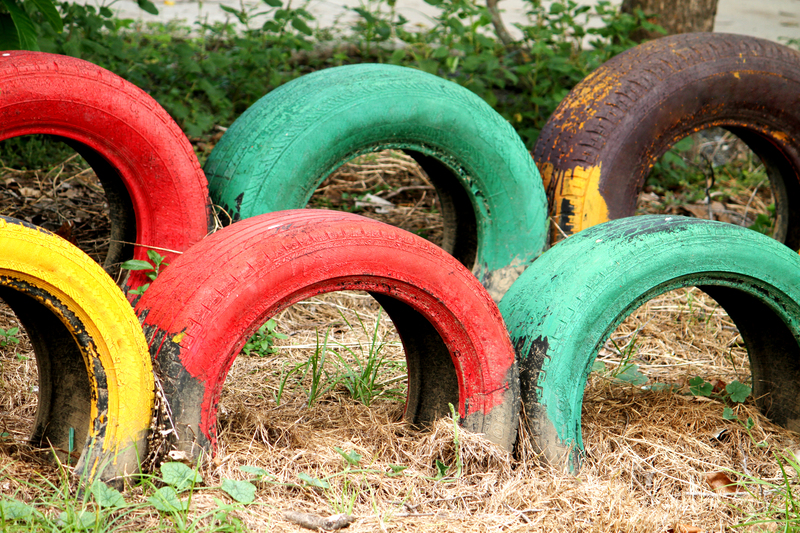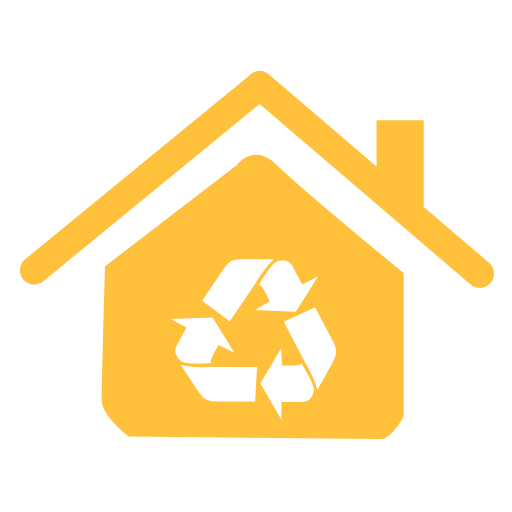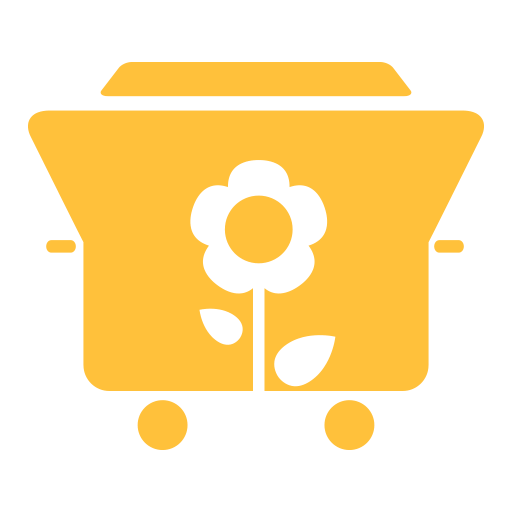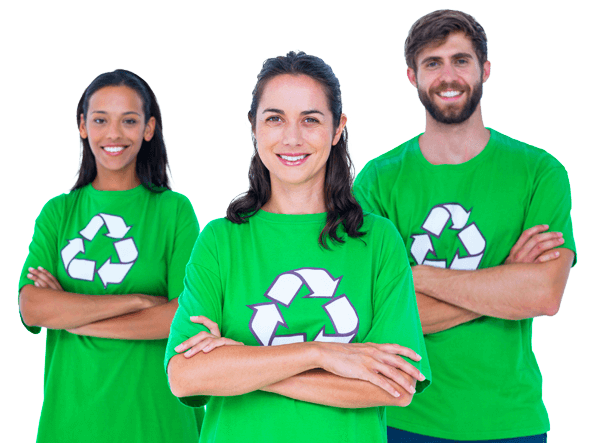Avoiding Harmful Plastics: A Guide for Conscious Consumers
Posted on 14/10/2025
Avoiding Harmful Plastics: A Guide for Conscious Consumers
Plastic is everywhere. From water bottles to food packaging and electronics, this artificial marvel has revolutionized modern life. But not all plastics are created equal. Some harbor dangerous chemicals and cause widespread environmental harm. As a conscious consumer, the choices you make every day can help reduce your exposure to toxic plastics and lead the way towards a greener, healthier planet.
Understanding Harmful Plastics and Their Risks
Before we dive into solutions, it's important to understand what harmful plastics are and why they matter. Many plastics contain or emit substances that are hazardous to human health and wildlife. Some disrupt hormones, others bioaccumulate in food chains, and almost all contribute to long-term plastic pollution.
Common Harmful Chemicals in Plastics
- BPA (Bisphenol-A): Used mainly in polycarbonate plastics and epoxy resins, BPA can leach into food or beverages and disrupt hormones.
- Phthalates: Added to PVC (vinyl) plastics to increase flexibility, phthalates act as endocrine disruptors and may affect development.
- Polystyrene (Styrofoam): Often used in take-out containers and disposable cups, polystyrene can release styrene, a suspected carcinogen.
- Per- and Polyfluoroalkyl Substances (PFAS): Used for nonstick and water-resistant plastics, PFAS persist in the environment and accumulate in human bodies.
The Plastics Identification Code (Resin Codes)
On the bottom of most plastic goods, you'll find a triangular symbol with a number. These resin identification codes indicate the type of plastic used, which can help you avoid harmful plastics.
- 1 - PET or PETE (Polyethylene Terephthalate): Used in water bottles, soft drink bottles. Typically considered safe for single use but not for repeated use due to bacterial growth risk.
- 2 - HDPE (High Density Polyethylene): Used in milk jugs and detergent bottles. Widely considered one of the safer plastics.
- 3 - PVC (Polyvinyl Chloride): Contains phthalates and other toxic chemicals. Avoid whenever possible.
- 4 - LDPE (Low Density Polyethylene): Used in plastic bags, bread bags. Considered safer but still not ideal.
- 5 - PP (Polypropylene): Found in yogurt containers and bottle caps. Relatively safe.
- 6 - PS (Polystyrene): Also called styrofoam. Should be avoided due to its toxicity.
- 7 - Other (including polycarbonate): May contain BPA. Avoid these unless labeled BPA-free.

Health and Environmental Impact of Harmful Plastics
Health Impacts of Toxic Plastics
Exposure to harmful plastics can have both short- and long-term impacts on health:
- Hormonal disruption caused by BPA and phthalates.
- Developmental issues in children and fetuses.
- Increased risk of cancers (notably from styrene exposure).
- Possible immune system compromise due to persistent organic pollutants (POPs).
Environmental Impact of Harmful Plastics
Beyond personal health, the production and disposal of toxic plastics have far-reaching ecological consequences:
- Wildlife ingestion and entanglement: Marine animals often mistake plastic debris for food.
- Microplastic pollution: As plastics break down, they transform into microplastics that contaminate soil, water, and food chains.
- Persistent pollution: Some plastics never fully biodegrade, remaining in the environment for centuries.
- Leaching of hazardous chemicals: Pollutes groundwater and accumulates in ecosystems.
Avoiding toxic plastics is not just a personal wellness choice--it's a global responsibility.
Smart Shopping: How to Avoid Harmful Plastics
Read Labels and Seek Alternatives
- Look for "BPA-free" and "phthalate-free" products. Many manufacturers now label their goods accordingly.
- Choose glass, stainless steel, or ceramic containers for storage and drinking.
- Bypass plastic-wrapped produce in favor of bulk or naturally packaged alternatives.
Bring Your Own Reusables
One of the most effective ways to reduce contact with harmful plastics is to replace single-use items:
- Reusable water bottles: Opt for steel or glass.
- Reusable shopping bags: Ditch plastic bags for fabric totes.
- Reusable cutlery and straws: Keep eco-friendly sets with you--say no to disposable plastics when eating out.
Safe Food Storage Tips
- Avoid microwaving food in plastic containers. Heat can accelerate leaching of toxins.
- Store dry goods in glass jars or stainless steel canisters.
- Wrap food in beeswax wraps or parchment paper--skip plastic wrap.
Home and Lifestyle Detox: Minimizing Toxic Plastics at Home
Kitchen and Food Preparation
- Choose cookware without plastic handles or coatings (prefer stainless steel, glass, or cast iron).
- Replace non-stick pans with alternatives (PFAS-free ceramic or seasoned cast iron).
- Buy in bulk to reduce food packaging waste and exposure to harmful plastics.
Personal Care Products
- Select phthalate-free shampoos, lotions, and cosmetics.
- Avoid microbeads in scrubs and toothpastes, which are a form of microplastic.
- Brush with a bamboo toothbrush instead of plastic ones.
Cleaning and Household Items
- Use natural fiber brooms and brushes instead of plastic ones.
- Swap plastic sponges for compostable loofahs.
- Buy concentrated cleaning products to minimize packaging waste.
Advanced Steps for the Committed Consumer
Purchase from Ethical Brands
Choose companies dedicated to reducing plastic waste by using:
- Recycled packaging
- Compostable bioplastics
- Minimal or zero-waste designs
Support and Advocate for Change
- Contact your favorite brands: Request less plastic packaging and more eco-friendly materials.
- Support legislation aimed at reducing single-use plastics and banning harmful chemicals.
- Participate in clean-up events and support environmental organizations.
Debunking Myths About "Eco-friendly" Plastics
- "BPA-free" doesn't always mean safe--some substitutes (like BPS) may also disrupt hormones.
- Bioplastics are not always compostable at home and may require industrial facilities--check certification labels.
- "Oxo-degradable" plastics break down into smaller pieces (microplastics), not fully into harmless substances.
Practical Tips for Avoiding Harmful Plastics in Everyday Life
- Refuse: Say no to straws, plastic cutlery, and unnecessary plastic packaging.
- Reduce: Buy less, choose higher quality and longer-lasting products.
- Reuse: Carry a reusable tumbler, snack bags, and lunch containers.
- Recycle: Learn which plastics are accepted locally and prepare them properly for recycling.
- Rethink: Reexamine habits--could you swap a plastic product for a greener option?

Making a Difference: The Collective Power of Conscious Consumers
While the plastics problem can seem overwhelming, every purchase has impact. Consumer demand shapes industry practices, and collectively, small choices grow into seismic shifts. In recent years, a wave of plastic bans and company innovations have emerged, fueled by informed buyers like you.
Avoiding toxic plastics isn't about perfection. It's a daily journey towards healthier living and a cleaner planet. Start with one swap, share your knowledge, and inspire those around you. Every plastic avoided, every better choice made, builds towards global change.
Conclusion: Taking the Next Step as an Informed Consumer
Avoiding harmful plastics is among the most powerful decisions a consumer can make for both personal well-being and the sustainability of our world. By understanding resin codes, opting for safer alternatives, and advocating for industry shifts, you can reduce exposure to dangerous chemicals and support a healthier environment.
- Start by identifying plastics around you--use the numbers and tips above.
- Make simple swaps: glass water bottles, stainless steel lunch boxes, bulk shopping.
- Educate friends, family, and your community--share this knowledge!
Remember: Each mindful action matters. Together, we can drive the movement towards a more sustainable, less plastic-dependent future. Your choices matter--so let's choose wisely!

 020 3875 4152
020 3875 4152 020 3875 4152
020 3875 4152




 House clearance
House clearance WASTE REMOVAL
WASTE REMOVAL





